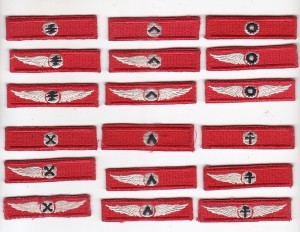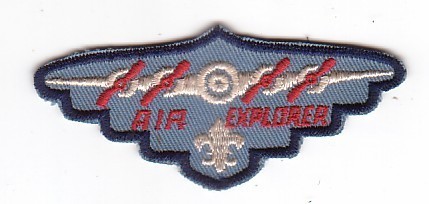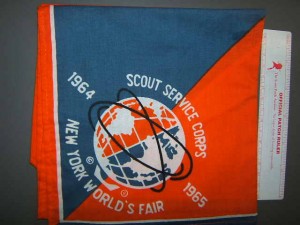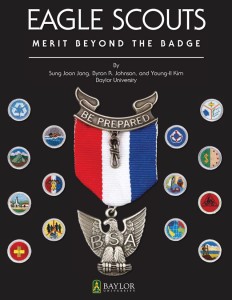Scouting Service at 1964 NY World’s Fair
We recently received some patches from a Scouter out of New York. While asking about his involvements, an Eagle Scout and 1960 National Jamboree participant, he mentioned he served on the Boy Scout Service Corps for the 1964 New York World’s Fair.
Less and less we come across participants let alone staff members from the World’s Fair so I asked him about his remembrances. Here’s what he had to say (nice piece of personal history about his guiding Vice President Nixon btw):
Working the fair was a great experience. I think I worked a week or two mainly weekends and holidays (it was during the school year) before they rotated in other than local scouts to man the pavilion over the summer. Our principle jobs were to demonstrate scouting skills (I remember demonstrating a lot of first aid), give directions, help with lostchildren, and escort dignitaries. I do remember taking the then King of Burundi around and the then former Vice-President Richard Nixon, whose foot I stepped on. I was kidded for years about that.
I went to the 1960 National Jamboree, went to Philmont in 1962, worked the Scouting pavilion at the 1964 World’s Fair, and I was an Order of the Arrow member (Horicon 246). I grew up in southern New York State, Washington Irving Council, and was a counselor at their Camp Read. I was later active in the explorer program. I always felt that scouting was tougher than the peacetime Army.




